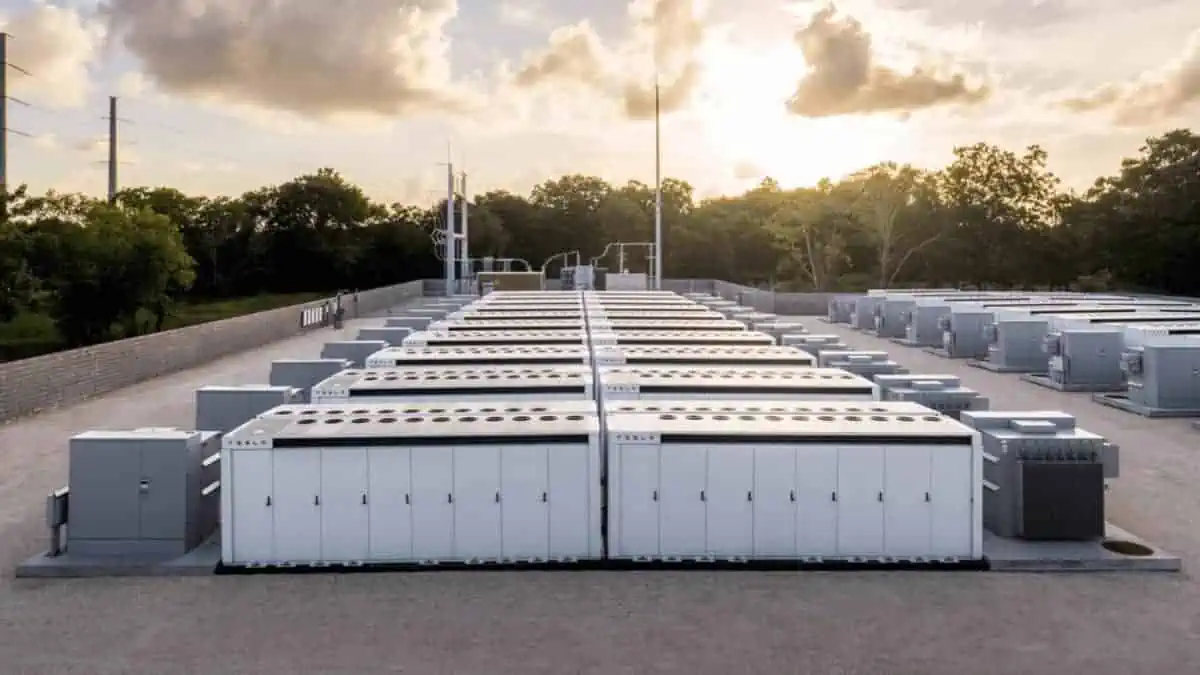Airbus recently declared plans to design and produce a “megawatt-class propulsion system” for a large-scale passenger aircraft, as reported by Green Car Reports.
Target date
The European aircraft manufacturer’s planned propulsion system will have hydrogen fuel-cell tech with cryogenic hydrogen storage. As per the report, it is expected to launch in less than four years.
However, it must be noted that the technology is only expected to replace jet engines on a small scale before it completely takes over in the future.
Airbus claims to start testing the aircraft with the megawatt-class propulsion system by 2026. The manufacturer also believes hydrogen can aid its zero-emission aircraft goal by 2035.
Options
Airbus is contemplating the following methods to efficiently utilize hydrogen in its technology:
· burn the hydrogen in modified gas turbine engines
· use hydrogen fuel cells to create electrical power
· use some combination of both
Notably, any of these approaches could generate hydrogen using sustainable energy sources like wind and solar. However, choosing the fuel-cell-EV approach will result in zero-emission aircraft. Check out the video below:
If holding cars to a higher standard, why not planes?
Interestingly, approximately 2% of the world’s greenhouse gas emissions are caused by commercial aviation. In the US, air travel is responsible for 10% of all transportation emissions and over 3% of GHG emissions.
However, unlike automobiles, aircraft manufacturers are limited in advancing their green efforts. Long commercial routes or larger aircraft would require more energy-dense batteries than the currently available in automobiles.
In order to reach the energy density an airplane requires, even hydrogen storage will require a novel kind of solution.
Airbus recently stated that the aircraft would include a cryogenic hydrogen storage tank that runs at -253 degrees Celsius. It claims that keeping hydrogen at a very low temperature makes it a more energy-dense liquid.
Nonetheless, Airbus explains that one liter of conventional jet fuel equals four liters of liquid hydrogen. Therefore, we cannot expect a range that rivals a Boeing 777 or an Airbus A350.
Airbus is also exploring a composite-materials approach to ensure that the aircraft can carry the hydrogen effectively for longer.
All that said, the fuel-cell demonstrator must still undergo numerous tests for safety and durability standards.
How will the aircraft be built?
The manufacturer will use the Airbus A380 MSN001 multi-modal test platform to assemble the aircraft. It will undergo external modifications to accommodate the fuel-cell engine pod.
Automotive parts supplier Elring Klinger is among Airbus’ significant partners in this project. It also has a joint venture with Aerostack for the fuel-cell stacks, which use an electrochemical reaction to convert hydrogen into power (plus some water and heat) under strict control.
In this setting, a lithium-ion battery pack will enable emergency descent if the stack stops or breaks.
It’s not over yet for fuel cells’ role in ground transport
Notably, these technologies might be effective in a future where general research indicates fuel cells could play a significant role in transportation, heavy industry, and aviation. In the meantime, the use of fuel cells in several truck and bus configurations may be rapidly declining.
According to reports, developing next-gen hybrid engines that could electrify the propeller is still underway for both Airbus and Boeing. Additionally, smaller companies have accomplished test flights of commercial electric aircraft.
It is also worth noting that before 2020 there were no greenhouse gas regulations for aircraft in the US. After years of industry opposition, the US EPA finally introduced them for new large passenger jets and commercial aircraft.
All that said, it is likely that the legal frameworks will eventually bring about stricter objectives. Optimizing the jumbo-jetliner is a method to ensure its preservation until concepts like teleportation or high-speed tunneling emerge.






